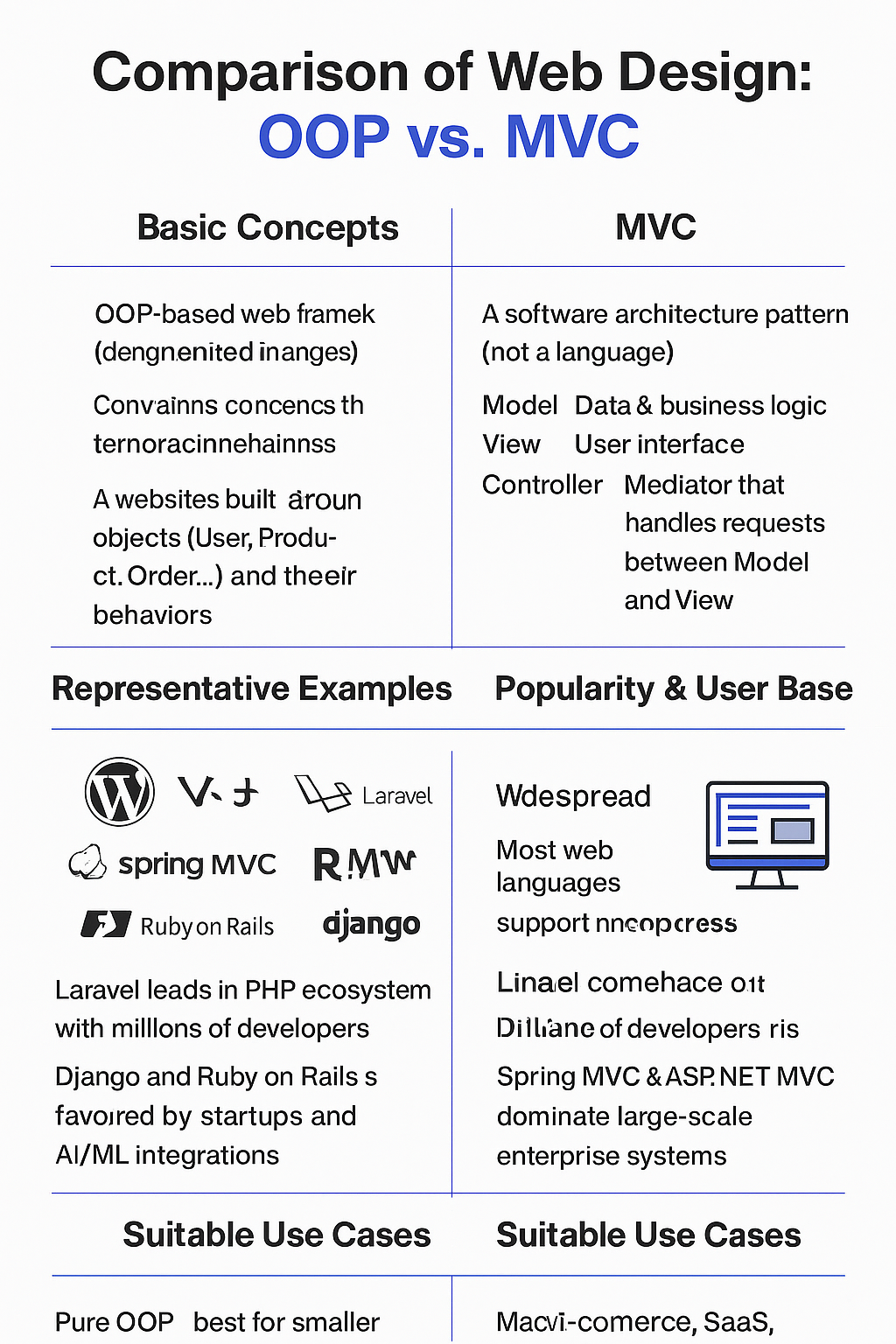Yesterday’s Cloudflare outage and a lesson on the fragility of the global internet

The global internet, often perceived as a vast, resilient, and almost indestructible digital ecosystem, revealed its fragility once again during yesterday’s major Cloudflare outage. For many businesses, governments, and millions of users worldwide, the incident was not just another technical disruption. It was a wake-up call — a striking reminder that even the world’s most advanced digital infrastructures rely on surprisingly vulnerable foundations. When a single company like Cloudflare experiences a breakdown, the ripple effect can be felt across continents.
Cloudflare, known as a backbone provider for content delivery, DDoS protection, and internet routing, occupies an undeniably central position in the modern internet. Its infrastructure sits between users and vast segments of the global web. During yesterday’s outage, this intermediary layer temporarily collapsed. The result was a digital standstill that affected financial platforms, e-commerce, media outlets, logistics systems, and countless everyday services users scarcely think twice about. Browsers displayed cryptic error messages, entire websites refused to load, and automated services timed out in silence — all triggered by a single point of failure.
In the immediate aftermath, Cloudflare attributed the disruption to a cascading failure within its internal network systems — a reminder that even the most sophisticated architectures can fall victim to small misconfigurations or unexpected traffic patterns. Although the company restored operations relatively quickly, the incident highlighted the uncomfortable truth that our digital world still operates on trust in a few central nodes. This trust, many experts argue, is increasingly misplaced.
Dr. Leonard Rothman, a cybersecurity researcher at King’s College London, described the outage as “a predictable consequence of digital centralization.” According to him, the internet has evolved away from its original decentralized philosophy. Instead, it has gradually become concentrated in the hands of fewer service providers who manage routing, security, load balancing, and content delivery for enormous portions of the web. Rothman warned that the architecturally efficient designs used today also create new vulnerabilities. “The more we concentrate our digital resources,” he said, “the more we amplify systemic risk. Yesterday’s outage wasn’t an anomaly — it was a preview.”
For businesses, the consequences were immediate and tangible. E-commerce platforms froze mid-transaction, causing revenue losses. Digital payment gateways failed to authenticate requests. Enterprises using Cloudflare’s zero-trust solutions saw internal tools abruptly become inaccessible. Even industries unrelated to technology felt the shockwave as logistics tracking systems, customer portals, and verification platforms buckled under the service disruption. What made the situation especially alarming was the outage’s reach: users across the U.S., Europe, and Asia reported widespread failures, demonstrating how interconnected Cloudflare-dependent systems have become.
Maria Tsu, a cloud infrastructure specialist based in Singapore, emphasized the global economic cost of such incidents. She argued that although Cloudflare is often praised for its reliability, the scale of its client base means every outage — no matter how brief — becomes a global event. “We have unintentionally built a digital economy where one company’s hiccup becomes everyone’s crisis,” Tsu noted. She stressed that resilience cannot simply be measured by uptime, but by the ability to prevent local failures from turning into worldwide disruptions.
Observers were equally concerned by the fact that many governments rely on Cloudflare for security filtering and performance optimization. When Cloudflare went down, several government portals became unreachable. For citizens, it appeared as though public services had vanished from the internet. Although most governments maintain backup infrastructures, few expected their primary access layer — a third-party service — to fail so dramatically. This interdependence, experts say, raises broader questions about digital sovereignty and national resilience.
The outage also invited reflection on the complex engineering challenges underpinning Cloudflare’s global network. Operating at such scale requires balancing massive volumes of data, coordinating thousands of servers, and updating sophisticated policies that govern traffic flow. Even a minor error can trigger cascading failures. Engineers familiar with large network architectures explained that real-time global coordination is a delicate process; the very optimizations designed to make the internet faster can make it more vulnerable to sudden breakdowns. Yesterday’s failure, therefore, was not necessarily due to poor engineering, but the inherent difficulty of managing a sprawling, interconnected system.
Despite this, critics argued that Cloudflare’s dominance has grown to the point where its failures are no longer tolerable risks. The company’s impressive portfolio — spanning DNS protection, CDN services, DDoS mitigation, application firewalling, zero-trust networks, and more — means it has become a structural pillar of the modern web. When pillars fail, entire structures tremble. As technology writer Ethan Gregory put it, “We treat Cloudflare like plumbing. When it works, nobody notices. But when it stops, everything floods.”
The episode also reignited discussions about alternative architectures. Some experts advocated for a re-evaluation of peer-to-peer models or localized edge computing systems that could reduce dependence on centralized intermediaries. Others proposed greater diversification among service providers, encouraging businesses to avoid relying on a single vendor for critical digital functions. However, these solutions are easier said than done. Cloudflare’s appeal lies in its simplicity and integration — qualities that businesses value and often prioritize over theoretical resilience.
A growing number of analysts fear that outages like this one will become more frequent as internet traffic continues to rise and global systems grow more intertwined. With AI models, automation frameworks, IoT ecosystems, and real-time applications increasing in complexity, the pressure placed on infrastructure providers is reaching unprecedented levels. Each outage becomes not just a temporary blackout but a warning about the stress fractures forming beneath the surface of the digital world.
Yet, the incident also demonstrated the remarkable speed at which Cloudflare engineers can respond to crises. Within hours, the company had isolated the root cause and restored most functionalities. Many experts praised the transparency with which Cloudflare communicated the timeline of events and its willingness to publicly acknowledge the issue. Still, others argued that swift recovery, while commendable, does not negate the fundamental weakness exposed by the outage.
For ordinary users, the incident may eventually fade from memory, overshadowed by the constant churn of digital news. However, for those responsible for maintaining global digital stability, the outage serves as an urgent reminder to re-examine the foundational assumptions upon which the modern internet is built. Is it wise to rely so heavily on a few service providers? Are global organizations doing enough to build redundancy and reduce systemic risk? And what will happen when the next major outage occurs — one perhaps more severe or prolonged?
Dr. Rothman summarized this anxious sentiment succinctly: “The internet wasn’t designed to be controlled by a handful of gatekeepers. Yet here we are. Yesterday was not just a failure of infrastructure; it was a failure of imagination.” His words echoed the concerns of many who believe that without significant architectural reforms, the global internet will remain vulnerable to sudden and unpredictable shutdowns.
The Cloudflare outage of yesterday was ultimately more than a fleeting inconvenience. It was a vivid illustration of the precarious balance that sustains the digital universe. Behind every smooth online interaction lies a complex lattice of systems, protocols, and networks, each depending on the flawless operation of others. When one link breaks, the chain can collapse with startling speed.
As the world becomes increasingly dependent on digital services — from communication to trade, from governance to daily life — the resilience of the internet must become a global priority. Companies like Cloudflare play an essential role in that ecosystem, but their importance makes their failures exponentially more impactful. If the incident teaches us anything, it is that redundancy, decentralization, and cautious architecture design must be taken seriously rather than treated as distant ideals.
Until then, the global internet remains powerful but fragile — a marvel of engineering built on foundations that are still far from unbreakable.













